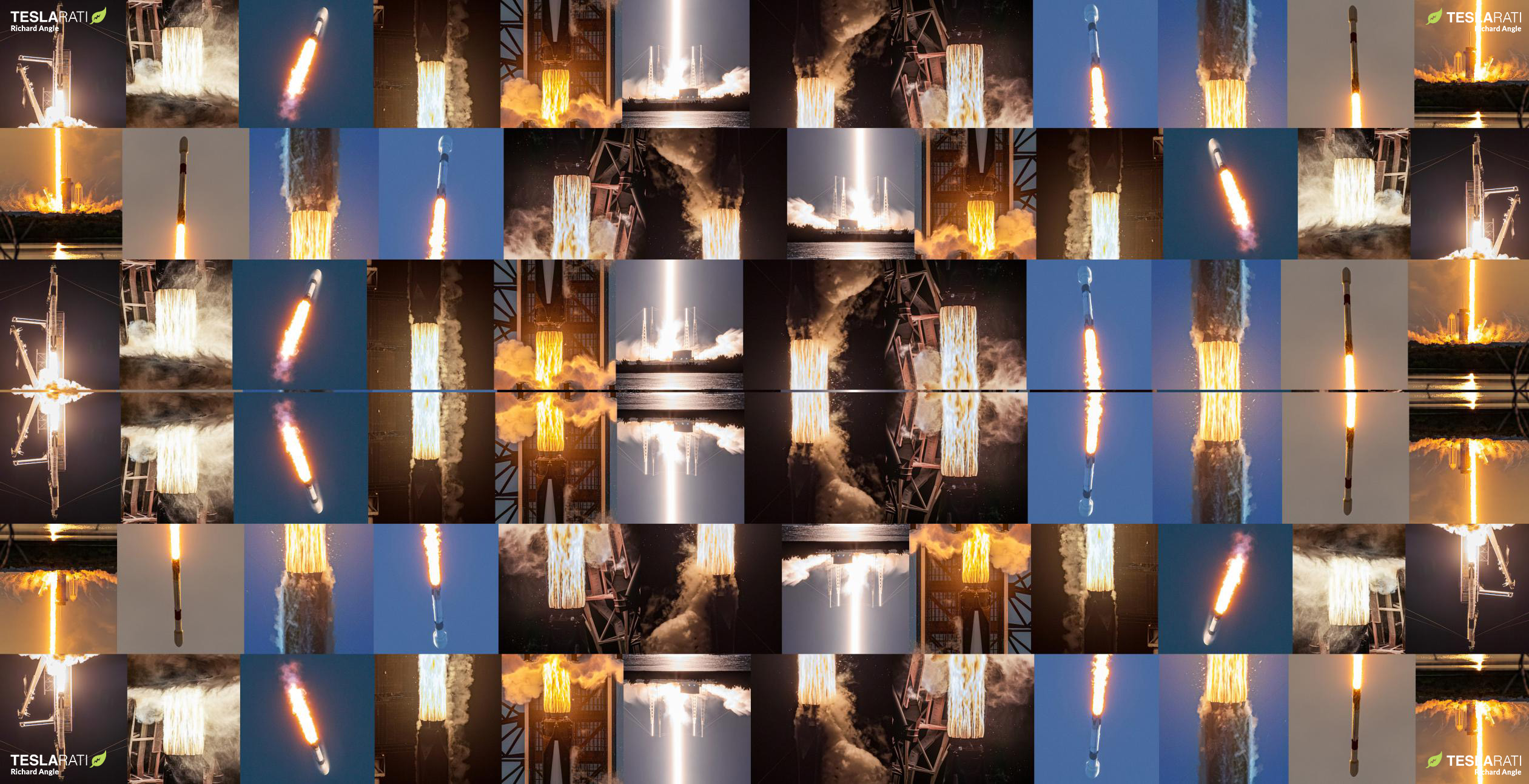On the heels of SpaceX’s last launch of 2021, which rounded out a record-breaking year and marked the 100th successful Falcon booster landing, the time has come to look at what the new year might hold for the world’s most prolific commercial launch provider and its workhorse rockets.
Thanks in part to a number of delays that pushed a significant portion of SpaceX’s planned 2021 launches into next year, the company’s 2022 launch manifest is bigger than any other year in its already impressive history. In 2021, having completed 31 orbital launches, SpaceX’s Falcon 9 was the single most launched rocket in the world – beating out several Russian and Chinese rockets operated by each country’s national space agency. On its own, Falcon 9 launched six more times than the entire country of Russia.
However, despite how impressive SpaceX’s performance was this year, all evidence suggests that 2022 could see almost twice as many Falcon launches as 2021.
That information comes from unofficial manifests maintained by fans and followers, who collate dozens of different reports, press releases, and rumors to create a rough picture of upcoming launch plans. Of course, the farther away any given launch is; the more likely it will be significantly delayed. Even official information from SpaceX itself would not be able to accurately predict how many launches it will conduct over a year or more, but the manifests are still useful tools for rough predictions.
In general, short of a major launch failure grounding a given rocket or some other unforeseen catastrophe (2021’s semiconductor supply issues, for example), unofficial manifests have been maybe 60-80% accurate. In the case of 2022, two such well-maintained manifests agree that SpaceX has approximately 40 launches currently scheduled next year – including up to 5 Falcon Heavy missions and at least 35 Falcon 9 launches. SpaceX has never had more launches scheduled in a single year. Simultaneously, after SpaceX’s 2021 performance, 2022 is the first time it’s been possible to seriously believe that the company might actually be able to complete 40 commercial launches in one year. And even then, that figure is still only part of the story.

Starlink
In 2021, SpaceX completed 17 successful dedicated Starlink missions, launching just shy of 1000 satellites – 989 to be exact – in a single year. In the first five months of 2021, before unknown issues caused an unintended Starlink launch hiatus, SpaceX completed 13 of those dedicated Starlink launches. In other words, if satellite production had kept up with SpaceX’s Falcon fleet, the company was technically on track to complete more than 30 Starlink launches in a single year, which – combined with all other missions – would have amounted to a total of 43 launches in 2021.
That specificity is important because – save for a single Starlink mission – the ~40 commercial launches on SpaceX’s 2022 manifest entirely exclude Starlink launches. Given that skipping or intentionally throttling a full year of Starlink launches is simply out of the question for SpaceX, that means that the company has approximately 40 commercial missions to launch on top of one or two dozen potential Starlink V1.5 missions. Assuming that Starlink V1.5 production remains somewhat constrained relative to Starlink V1.0, which peaked at an implied average of more than 1800 satellites per year in H1 2021, it might be reasonable to expect up to 20 (rather than 30) Starlink V1.5 launches in 2022 if production remains steady.
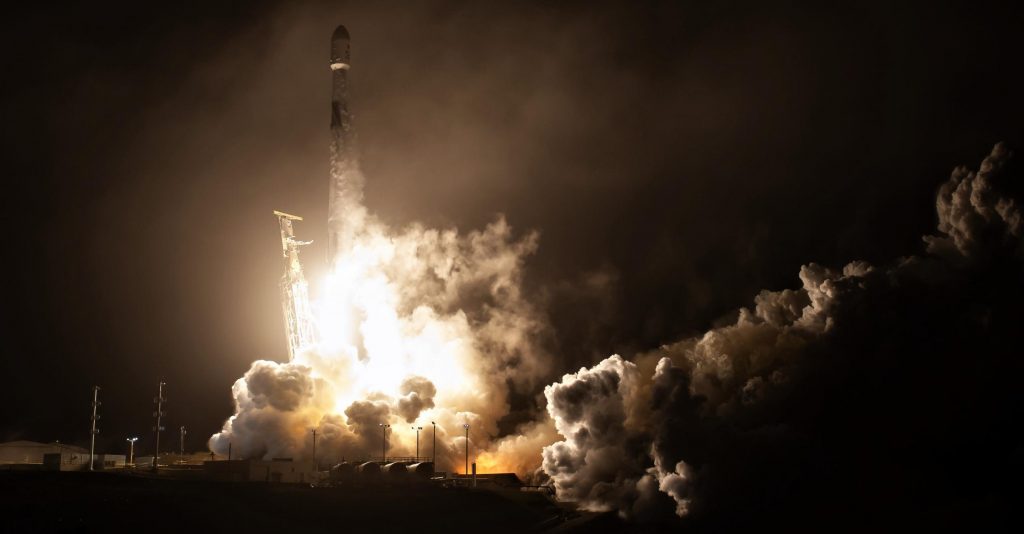
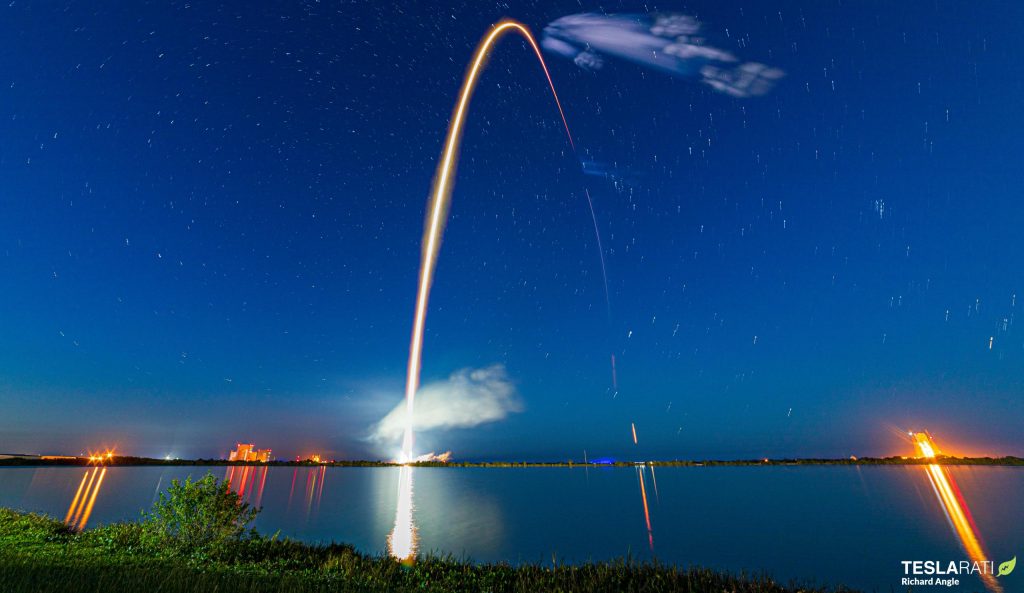
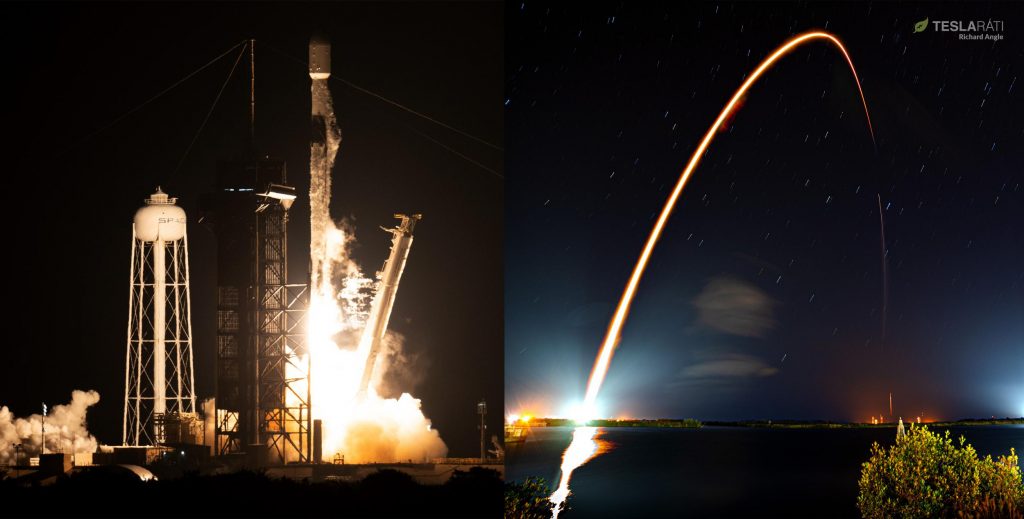
Combined, that means that SpaceX’s nominal 2022 manifest might actually include up to 60 Falcon launches. The question, then, is whether there is any chance at all for SpaceX to actually complete an average of more than one launch per week next year. Conveniently, SpaceX itself seemingly answered that question just this month. In December 2021, the company – pushing all three of its orbital pads to their limits – completed a record five Falcon 9 launches. Technically, it actually completed those five launches in a mere 19 days. Including NASA’s DART mission, which SpaceX launched on November 24th, the company ultimately launched six Falcon 9 rockets in less than four weeks (27 days).
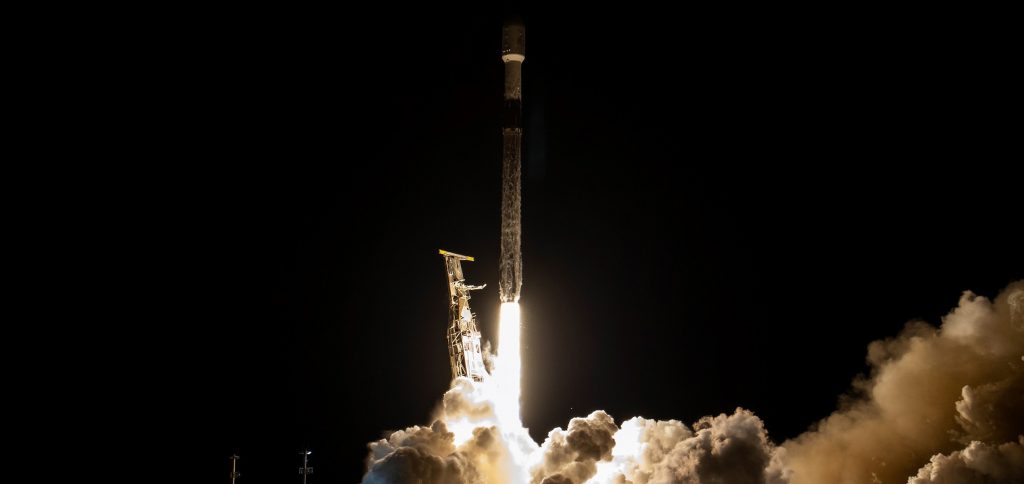
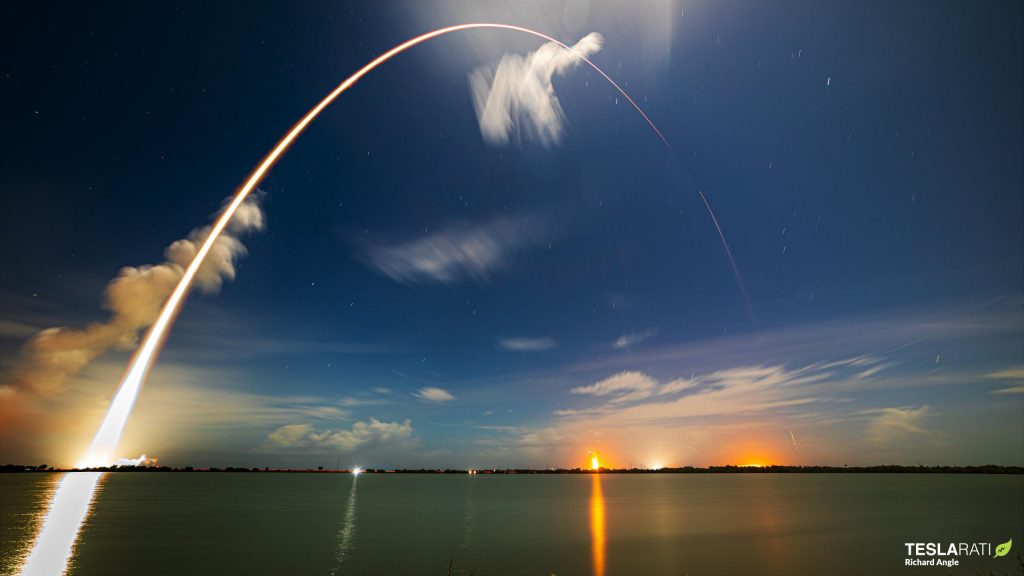
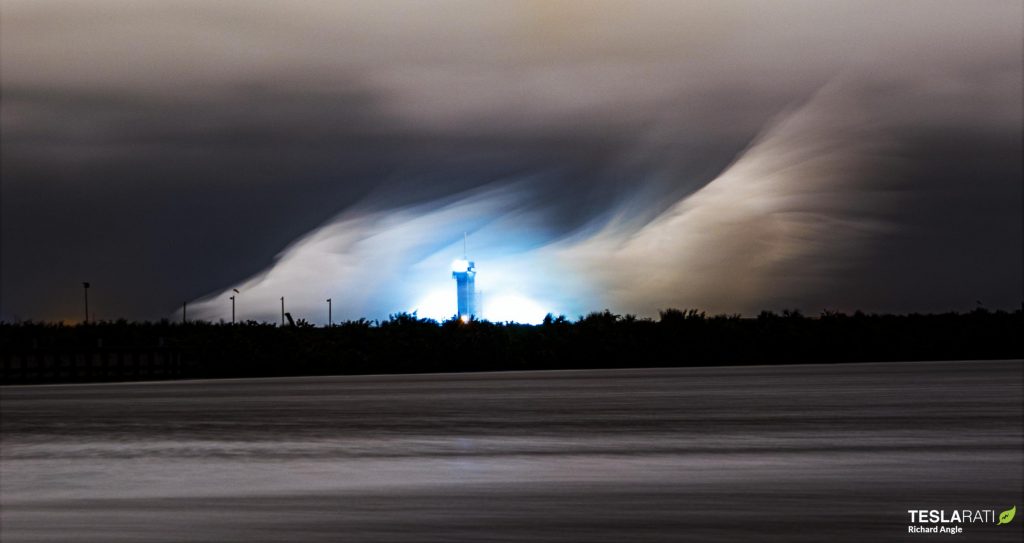
Given the company’s recent cadence records and the turnaround records of each of the three pads used to achieve them, it’s clear that SpaceX could technically repeat that feat – a burst of five launches in 3-4 weeks – every month. Obviously, that’s easier said than done and it’s inherently unlikely for a record-breaking monthly launch cadence to become the norm immediately after, but the achievement still demonstrates that SpaceX is technically capable of launching five times in three weeks and then being ready to do so again by the start of the next month.
Averaged over 2022, 5 launches per month would equate to 60 launches per year. In other words, while unlikely, it’s by no means impossible for SpaceX to replicate 2021’s Starlink launch cadence and simultaneously complete as many as 40 commercial launches. In reality, a more plausible outcome for 2022 might be 5-10 commercial launches slipping into 2023 and SpaceX ultimately completing around 30-35 commercial launches and ~15 dedicated Starlink missions for a total of 45-50 – still an extraordinary hypothetical achievement by any measure. Going off of recent trends, which have seen SpaceX’s annual cadence grow from 21 (2018) and 26 (2020) to 31 (2021), 35-40 launches would be a still more conservative estimate for 2022.
Regardless, even excluding Starship, the year is set to be quite the spectacle for SpaceX. The 40 commercial missions tentatively on the company’s manifest include two Crew Dragon NASA astronaut launches, one or two private Crew Dragon missions to the International Space Station, up to 3 commercial Moon landers, a Korean Moon orbiter, NASA’s Psyche asteroid explorer, and as many as five or six Falcon Heavy launches.
News
Tesla launches in India with Model Y, showing pricing will be biggest challenge
Tesla finally got its Model Y launched in India, but it will surely come at a price for consumers.

Tesla has officially launched in India following years of delays, as it brought its Model Y to the market for the first time on Tuesday.
However, the launch showed that pricing is going to be its biggest challenge. The all-electric Model Y is priced significantly higher than in other major markets in which Tesla operates.
On Tuesday, Tesla’s Model Y went up for sale for 59,89,000 rupees for the Rear-Wheel Drive configuration, while the Long Range Rear-Wheel Drive was priced at 67,89,000.
This equates to $69,686 for the RWD and $78,994 for the Long Range RWD, a substantial markup compared to what these cars sell for in the United States.
🚨 Here’s the difference in price for the Tesla Model Y in the U.S. compared to India.
🚨 59,89,000 is $69,686
🚨 67,89,000 is $78,994 pic.twitter.com/7EUzyWLcED— TESLARATI (@Teslarati) July 15, 2025
Deliveries are currently scheduled for the third quarter, and it will be interesting to see how many units they can sell in the market at this price point.
The price includes tariffs and additional fees that are applied by the Indian government, which has aimed to work with foreign automakers to come to terms on lower duties that increase vehicle cost.
Tesla Model Y seen testing under wraps in India ahead of launch
There is a chance that these duties will be removed, which would create a more stable and affordable pricing model for Tesla in the future. President Trump and Indian Prime Minister Narendra Modi continue to iron out those details.
Maharashtra Chief Minister Devendra Fadnavis said to reporters outside the company’s new outlet in the region (via Reuters):
“In the future, we wish to see R&D and manufacturing done in India, and I am sure at an appropriate stage, Tesla will think about it.”
It appears to be eerily similar to the same “game of chicken” Tesla played with Indian government officials for the past few years. Tesla has always wanted to enter India, but was unable to do so due to these import duties.
India wanted Tesla to commit to building a Gigafactory in the country, but Tesla wanted to test demand first.
It seems this could be that demand test, and the duties are going to have a significant impact on what demand will actually be.
Elon Musk
Tesla ups Robotaxi fare price to another comical figure with service area expansion
Tesla upped its fare price for a Robotaxi ride from $4.20 to, you guessed it, $6.90.

Tesla has upped its fare price for the Robotaxi platform in Austin for the first time since its launch on June 22. The increase came on the same day that Tesla expanded its Service Area for the Robotaxi ride-hailing service, offering rides to a broader portion of the city.
The price is up from $4.20, a figure that many Tesla fans will find amusing, considering CEO Elon Musk has used that number, as well as ’69,’ as a light-hearted attempt at comedy over the past several years.
Musk confirmed yesterday that Tesla would up the price per ride from that $4.20 point to $6.90. Are we really surprised that is what the company decided on, as the expansion of the Service Area also took effect on Monday?
But the price is now a princely $6.90, as foretold in the prophecy 😂
— Elon Musk (@elonmusk) July 14, 2025
The Service Area expansion was also somewhat of a joke too, especially considering the shape of the new region where the driverless service can travel.
I wrote yesterday about how it might be funny, but in reality, it is more of a message to competitors that Tesla can expand in Austin wherever it wants at any time.
Tesla’s Robotaxi expansion wasn’t a joke, it was a warning to competitors
It was only a matter of time before the Robotaxi platform would subject riders to a higher, flat fee for a ride. This is primarily due to two reasons: the size of the access program is increasing, and, more importantly, the service area is expanding in size.
Tesla has already surpassed Waymo in Austin in terms of its service area, which is roughly five square miles larger. Waymo launched driverless rides to the public back in March, while Tesla’s just became available to a small group in June. Tesla has already expanded it, allowing new members to hail a ride from a driverless Model Y nearly every day.
The Robotaxi app is also becoming more robust as Tesla is adding new features with updates. It has already been updated on two occasions, with the most recent improvements being rolled out yesterday.
Tesla updates Robotaxi app with several big changes, including wider service area
News
Tesla Model Y and Model 3 dominate U.S. EV sales despite headwinds
Tesla’s two mainstream vehicles accounted for more than 40% of all EVs sold in the United States in Q2 2025.

Tesla’s Model Y and Model 3 remained the top-selling electric vehicles in the U.S. during Q2 2025, even as the broader EV market dipped 6.3% year-over-year.
The Model Y logged 86,120 units sold, followed by the Model 3 at 48,803. This means that Tesla’s two mainstream vehicles accounted for 43% of all EVs sold in the United States during the second quarter, as per data from Cox Automotive.
Tesla leads amid tax credit uncertainty and a tough first half
Tesla’s performance in Q2 is notable given a series of hurdles earlier in the year. The company temporarily paused Model Y deliveries in Q1 as it transitioned to the production of the new Model Y, and its retail presence was hit by protests and vandalism tied to political backlash against CEO Elon Musk. The fallout carried into Q2, yet Tesla’s two mass-market vehicles still outsold the next eight EVs combined.
Q2 marked just the third-ever YoY decline in quarterly EV sales, totaling 310,839 units. Electric vehicle sales, however, were still up 4.9% from Q1 and reached a record 607,089 units in the first half of 2025. Analysts also expect a surge in Q3 as buyers rush to qualify for federal EV tax credits before they expire on October 1, Cox Automotive noted in a post.
Legacy rivals gain ground, but Tesla holds its commanding lead
General Motors more than doubled its EV volume in the first half of 2025, selling over 78,000 units and boosting its EV market share to 12.9%. Chevrolet became the second-best-selling EV brand, pushing GM past Ford and Hyundai. Tesla, however, still retained a commanding 44.7% electric vehicle market share despite a 12% drop in in Q2 revenue, following a decline of almost 9% in Q1.
Incentives reached record highs in Q2, averaging 14.8% of transaction prices, roughly $8,500 per vehicle. As government support winds down, the used EV market is also gaining momentum, with over 100,000 used EVs sold in Q2.
Q2 2025 Kelley Blue Book EV Sales Report by Simon Alvarez on Scribd
-

 News3 days ago
News3 days agoTesla debuts hands-free Grok AI with update 2025.26: What you need to know
-

 Elon Musk1 week ago
Elon Musk1 week agoElon Musk confirms Grok 4 launch on July 9 with livestream event
-

 Elon Musk6 days ago
Elon Musk6 days agoxAI launches Grok 4 with new $300/month SuperGrok Heavy subscription
-

 News2 weeks ago
News2 weeks agoTesla Model 3 ranks as the safest new car in Europe for 2025, per Euro NCAP tests
-

 Elon Musk2 weeks ago
Elon Musk2 weeks agoxAI’s Memphis data center receives air permit despite community criticism
-

 News5 days ago
News5 days agoTesla begins Robotaxi certification push in Arizona: report
-

 Elon Musk2 weeks ago
Elon Musk2 weeks agoTesla reveals it is using AI to make factories more sustainable: here’s how
-

 Elon Musk2 weeks ago
Elon Musk2 weeks agoTesla scrambles after Musk sidekick exit, CEO takes over sales

